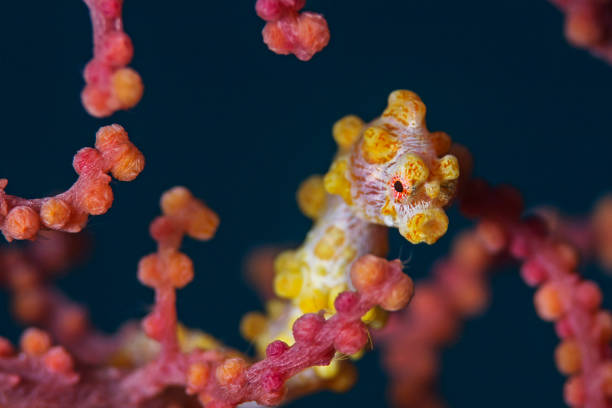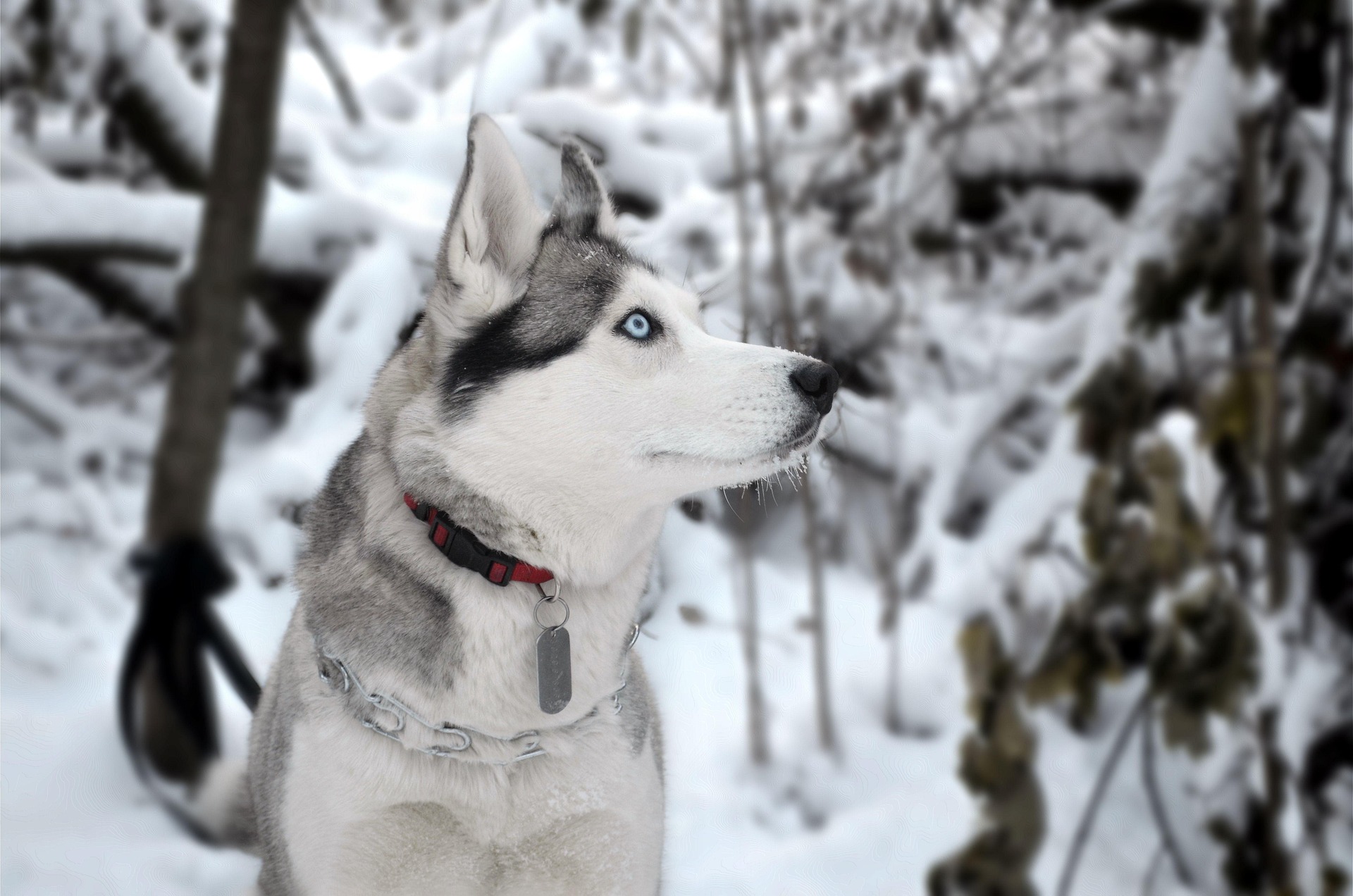The Intriguing World of Dwarf Seahorses: Tiny Marvels of the Ocean
As the smallest species of seahorse in the world, the dwarf seahorse has a unique place in marine biology. This article dives into the fascinating world of these tiny creatures, exploring their behavior, environmental significance, and the threats they face.

A Closer Look at Dwarf Seahorses
Dwarf seahorses (Hippocampus zosterae) are the smallest representatives of the seahorse family. Native to the western Atlantic Ocean, they are found from Bermuda to the Bahamas, and along the US Gulf Coast. They are a captivating species due to their minute size and unique breeding behavior.
The Tale of the Tiny Seahorse
Dwarf seahorses are fascinating for many reasons, not least of which is their tiny size. They typically measure between 0.6 and 1 inch in length, making them one of the smallest vertebrates in the world. Their small size doesn’t hinder their survival, however. These tiny creatures are known for their excellent camouflage skills, blending seamlessly with seagrass and other marine vegetation.
The Unique Breeding Behavior of Dwarf Seahorses
Perhaps the most intriguing aspect of dwarf seahorses is their unique breeding behavior. Unlike in most species, it is the male seahorse that carries the offspring. After a complex mating dance, the female deposits her eggs into a specialized pouch on the male’s belly, where he fertilizes them. He then carries the eggs until they hatch, a process that can take up to three weeks.
The Role of Dwarf Seahorses in Their Ecosystem
Dwarf seahorses play a crucial role in their ecosystems. As part of the food chain, they serve as a food source for larger predators. They also contribute to the health of seagrass beds, their primary habitat, by feeding on small crustaceans and other tiny organisms.
Threats to Dwarf Seahorses and Conservation Efforts
Like many marine species, dwarf seahorses face numerous threats. Habitat loss due to coastal development and pollution is a major concern. Over-collection for the pet trade and traditional medicine also poses a significant threat.
Conservation efforts for dwarf seahorses are ongoing. They are currently listed as a species of least concern by the International Union for Conservation of Nature (IUCN), but their status is continuously monitored. Several aquariums and research institutions are conducting captive breeding programs to increase their population and learn more about their lifecycle and habits.
In conclusion, dwarf seahorses are a captivating species, not just because of their tiny size, but also due to their unique biology and behavior. Despite their small stature, they play a significant role in their ecosystem and are a fascinating subject for marine biology. Their survival in the face of numerous threats is a testament to the resilience of nature. However, continued conservation efforts are necessary to ensure their survival and the health of the marine ecosystems they inhabit.




